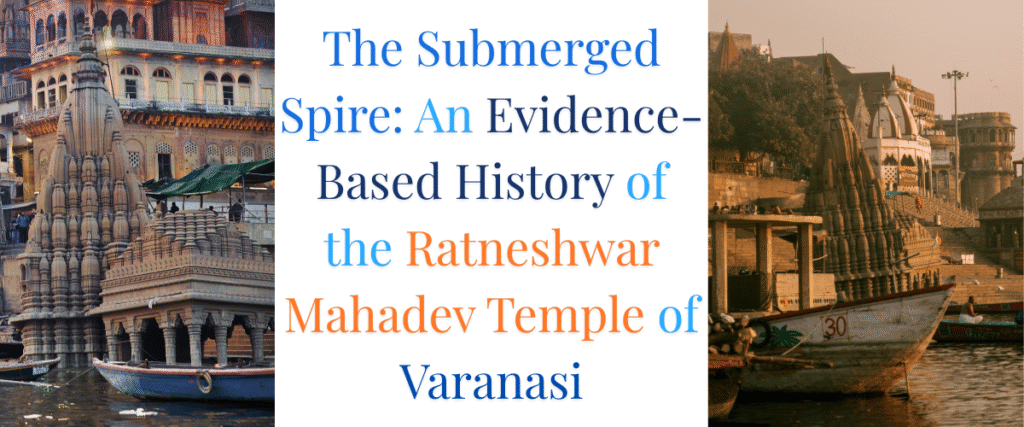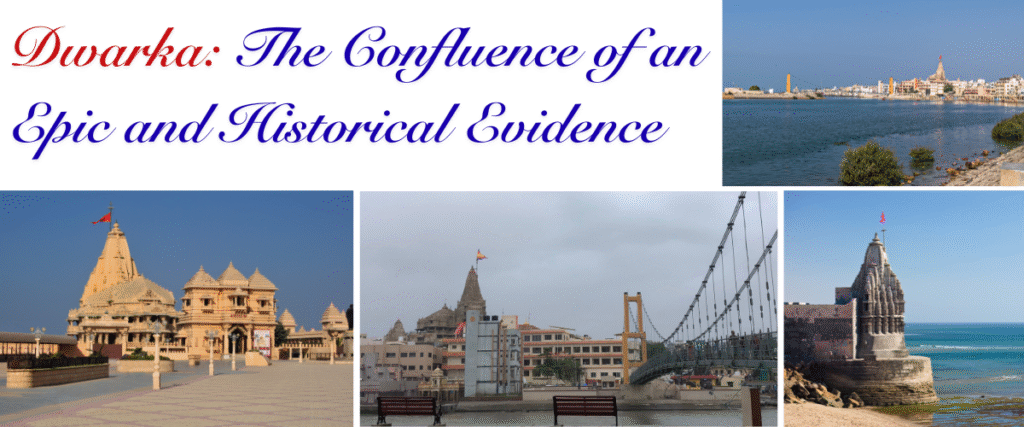The Submerged Spire: An Evidence-Based History of the Ratneshwar Mahadev Temple of Varanasi
Along the sacred riverfront of Varanasi, amidst the eighty-four ghats that form the spiritual artery of the city, stands a structure of profound and perplexing beauty: the Ratneshwar Mahadev Temple. Located at the edge of the famed Manikarnika Ghat, the temple presents a dramatic spectacle. It leans at a severe nine-degree angle, its stone spire tilting precariously towards the northwest, and for most of the year, its sanctum sanctorum lies submerged beneath the holy waters of the Ganga.1 This haunting image of a half-drowned, leaning tower has made it one of the most photographed, yet least understood, landmarks in this ancient city.






